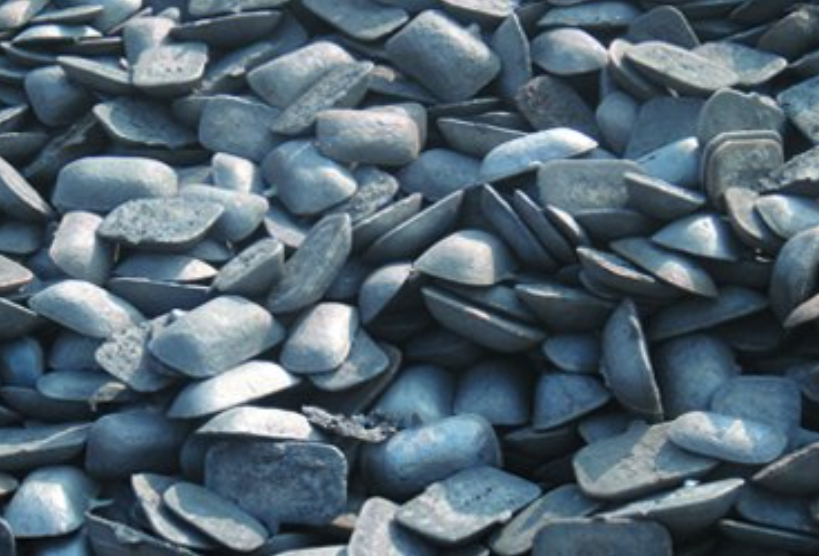Green Pig Iron
Pig iron is a term used to describe a type of iron that is produced in a blast furnace. It is an intermediate product in the process of manufacturing steel. The name "pig iron" arises from the fact that the molds used to create the iron resemble piglets suckling on a sow.
Brief Overview of the Process
- Iron Ore: The process begins with the extraction of iron ore. Iron ore is a mineral that contains iron in various forms.
- Smelting: The iron ore is smelted in a blast furnace. This involves the use of high temperatures and a blast of air to convert the iron ore into molten iron. During this process, impurities are also removed, leaving behind a product that is primarily iron.
- Pig Iron: The molten iron from the blast furnace is then poured into molds, typically resembling pigs, hence the name "pig iron." These molds are designed for easy transport and handling.
- Composition: Pig iron is not suitable for most applications due to its high carbon content and other impurities. It is brittle and not malleable. However, it serves as a crucial intermediate product in the production of steel.
- Steel Production: To make steel, pig iron is further refined through processes like the basic oxygen furnace or electric arc furnace. These processes involve reducing the carbon content and adjusting the alloy composition to produce a more versatile and usable material – steel.
- In summary, pig iron is an intermediate product in the iron and steel production process, and it undergoes further processing to produce the final steel product with desired properties.

